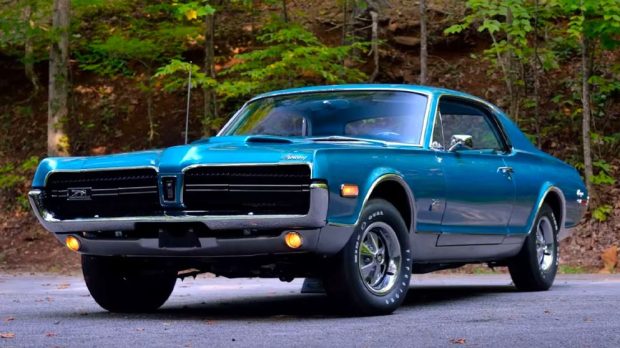Best Muscle Cars
The Evolution of Muscle Cars: A Journey of Power and Innovation

Since their roaring debut in the 1960s, muscle cars have embodied the spirit of American automotive engineering—powerful, daring, and iconic. These vehicles represented a cultural rebellion against the ordinary, pushing the boundaries of what was possible. From the thunderous engines of the Pontiac GTO to the sleek profiles of the Ford Mustang, each model tells a story of innovation and a relentless pursuit of speed.
Origins and Early Development
The concept of muscle cars emerged in the mid-1960s, fueled by the growing popularity of drag racing and the need for powerful engines that could dominate straightaways. Many often credit the Pontiac GTO, introduced in 1964, as the pioneer of the genre. With its potent V8 engine options and aggressive styling, the GTO captured the imagination of car enthusiasts and set the stage for a new era of automotive performance.
Around the same time, Ford introduced the Mustang, initially not a pure muscle car but a sporty coupe that appealed to a broader audience. However, the availability of high-performance V8 engines soon earned it a place among the muscle car elite, cementing its status as an American icon. For more information, visit https://www.divinetrans.com/page/logistic-company-for-high-value-cargo-transportation
The Golden Era: 1960s–1970s
During the 1960s and 1970s, muscle cars reached their zenith. American automakers engaged in fierce competition to produce the fastest and most powerful machines on the market. Models like the Chevrolet Camaro, Dodge Charger, Plymouth Road Runner, Ford Mustang Boss 302, Chevrolet Chevelle SS, and Pontiac Firebird Trans Am became household names, each offering distinct characteristics that appealed to different segments of enthusiasts.
Big block engines with displacements exceeding 400 cubic inches became commonplace, delivering jaw-dropping horsepower figures. Aerodynamic innovations, such as sleeker body designs and functional spoilers, improved stability at high speeds, making these cars not only powerful but also capable on the racetrack.
Decline and Resurgence: 1980s–Present
The 1980s marked a challenging period for muscle cars. Stricter fuel efficiency standards and emissions regulations led to downsized engines and reduced horsepower outputs. Many iconic models from the golden era either disappeared or evolved into shadows of their former selves. However, the spirit of muscle cars never truly faded.
In the late 20th century and into the 21st century, a resurgence of interest in classic muscle cars sparked a revival. Automakers reintroduced iconic models like the Ford Mustang, Chevrolet Camaro, and Dodge Challenger, blending nostalgic design cues with modern technology.
These modern iterations boast advanced features such as turbocharging, direct fuel injection, and lightweight materials, enhancing both performance and efficiency without sacrificing the visceral experience that defines muscle cars.
Conclusion
The evolution of muscle cars is a testament to American ingenuity and the enduring appeal of high-performance automobiles. From their humble beginnings as street racers to their status as cultural icons, muscle cars continue to captivate enthusiasts worldwide. Despite facing challenges like regulatory constraints and shifting consumer preferences, these vehicles have adapted and evolved while staying true to their roots.
As we look to the future, the legacy of muscle cars remains strong. Modern iterations blend cutting-edge technology with timeless design, offering enthusiasts the thrill of acceleration and the satisfaction of owning a piece of automotive history. Whether roaring down a drag strip or cruising along a coastal highway, muscle cars embody the spirit of innovation, power, and a relentless desire to push the boundaries of what is possible.






0 comments